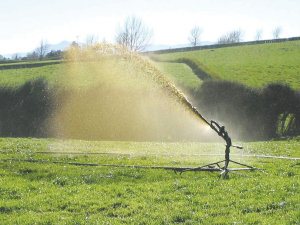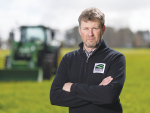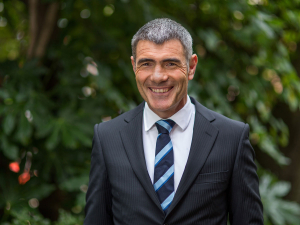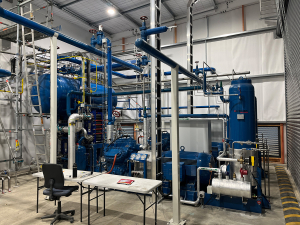Applying the right amount of effluent can save farmers money — but applying too much can damage pasture.
When spread over land and applied in timely fashion effluent can offer farmers savings in fertiliser costs, says the Waikato Regional Council (WRC).
It says having effluent management systems in place on farm should give farmers enough flexibility so that they don’t irrigate either when soil is waterlogged or when there is an equipment breakdown.
The council recommends farmers can protect waterways on farm by not irrigating within 50 metres of a water supply, leaving a strip of non-irrigated land next to all watercourses of at least 20 metres wide and ensuring that spray drift isn’t getting into nearby streams or rivers.
It points out that soil acts as a living filter: filtering the applied effluent.
It changes effluent physically by filtering out effluent particles, breaking them down and incorporating them into the soil structure; chemically by absorbing nutrients and making them available to plants; and biologically when harmful micro-organisms (such as bacteria) present in the effluent are retained by the soil, or are killed when the effluent dries or is exposed to sunlight.
However, soil can only filter so much effluent at a time.
WRC says it’s important to match the irrigation depth to the capability of the soil.
“Land with impeded or artificial drainage, high or rising water tables or slopes of greater than 7 degrees has a higher risk from over-application, and therefore application depths should be adjusted accordingly to reflect soil and weather conditions.”
Too much effluent can:
Kill pasture – especially where effluent has ‘ponded’ on the soil surface
Pollute nearby streams and rivers – where it runs off paddocks into waterways
Pollute ground water – by seeping too deep into the soil
Be an ineffective use of nutrients - by seeping past the root zone before the plant can utilise it.


















